This year I took part in creating Kinetic Connect, West Michigan’s first dance showcase hosted at Calvin College that brings the dance community together on one stage. I learned a lot through this new and exciting process, but ultimately, I learned and grew with the help of my dance community. Through this process, I have learned a lot about planning an event and have outlined the top five tips to being successful in yours. My experience was specific to dance, but regardless if you are a dancer, event coordinator, pioneer, or adventurer, you’ll find these tips useful.
1. Know your ‘why’
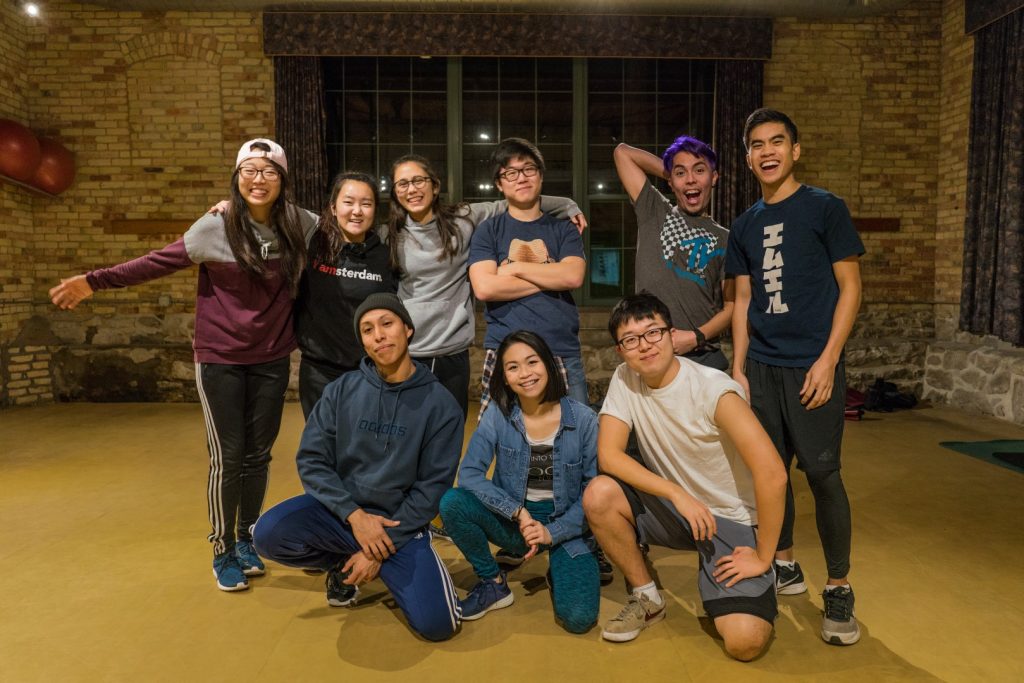
First, I discovered a need from a prevailing challenge as a dancer— West Michigan is home to a growing dance community, with limited opportunities to showcase their work. Previously, many dance studios, groups, and collegiate clubs would showcase dance outside of West Michigan where dance opportunities were more abundant. However, it was ironic to see a dance community leave their side of the state without recognizing a budding dance community in the making. My ‘why’ was motivated by the realization that I didn’t have to travel far to participate in a dance community that I knew could grow. If I wanted a new and connected dance community, I needed to take steps to nurture one. When planning an event or showcase, know your why – it will drive your passion.
2. Know your audience and community
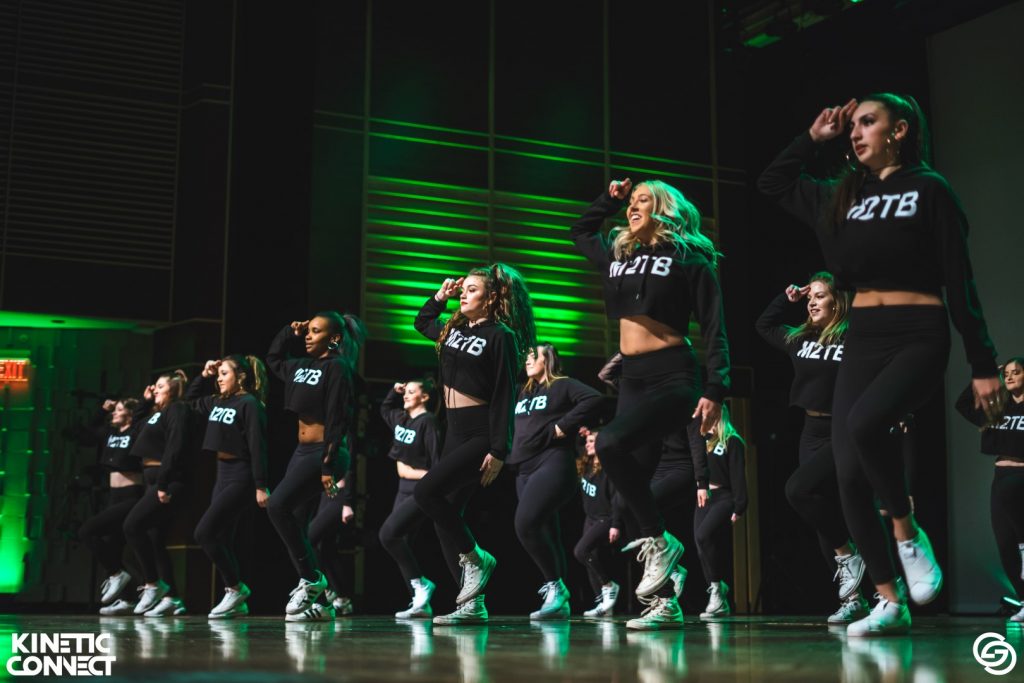

West Michigan is filled with dancers from various walks of life with different styles different goals. As West Michigan’s dance community continues to grow, it is important to celebrate what we are all passionate about so we can form a platform that invites and encourages connection. When I was getting to know my community, I found it not only needed a place to perform, but also help being introduced to dance for those who were curious and unfamiliar. This drove Kinetic Connect to reach beyond exclusive dancers.
3. Understand your budget
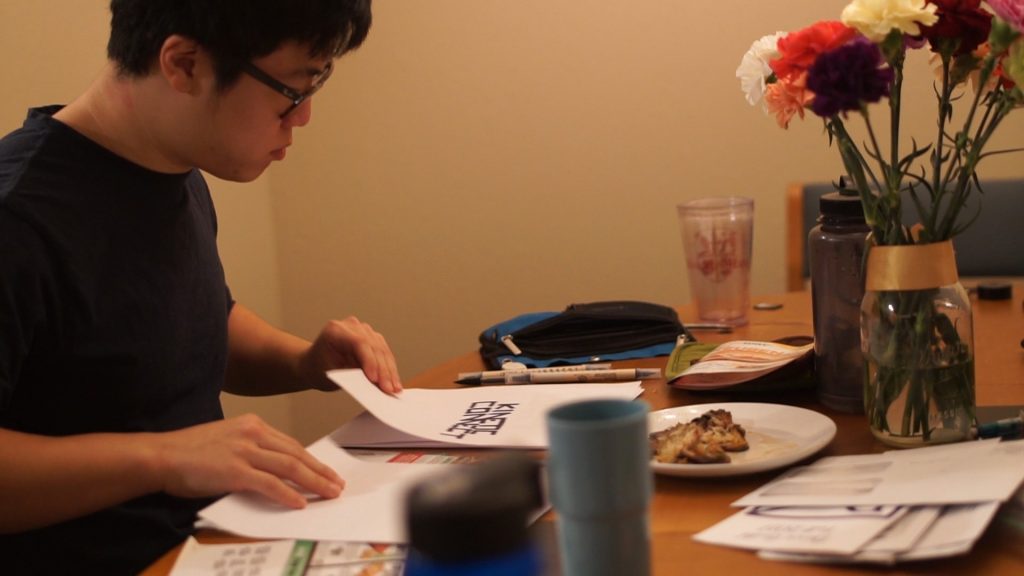

Unfortunately, everything costs money. Pad your budget and revisit it frequently and document everything. If your funds are low from the get-go, you need to strategize how to use the opportunities and resources available to you. Be it from fundraising, gofundme, bake sales, or asking for donations, do what’s needed to support your event. For starters, I would ask people first if they would be willing to do various tasks for the showcase, which alleviated the need to spend money. However, be sensitive that these people are probably doing you a solid out of the kindness of their hearts. Look for opportunities to see what they can gain in return.
4. Back log your schedule
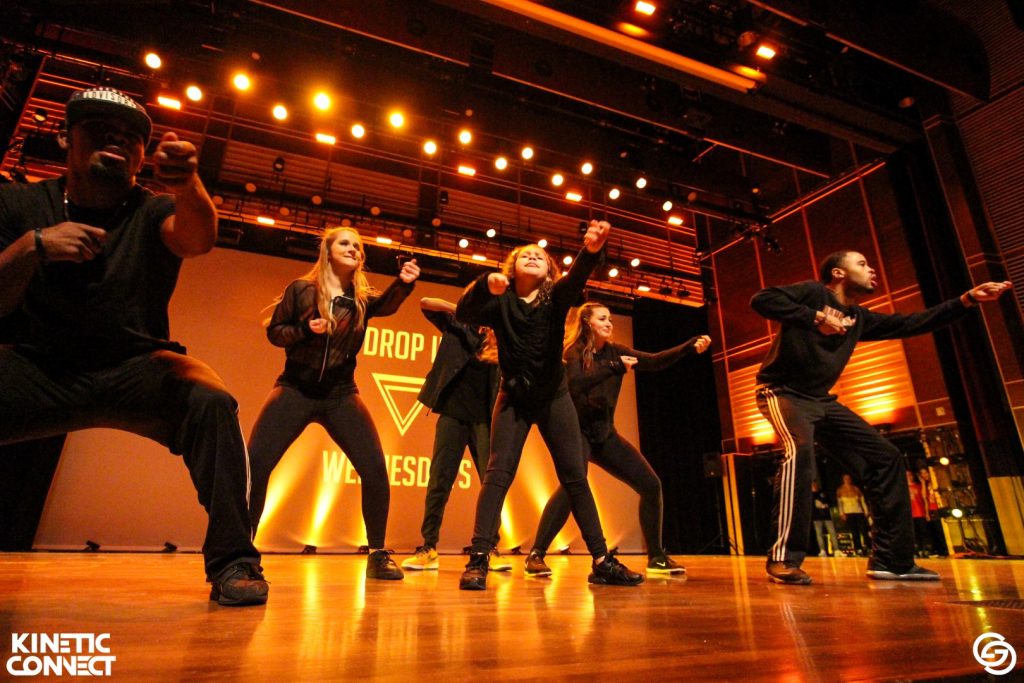

Back logging your schedule helps your identify the right day for your event. Double check to make sure it works with everyone’s schedules and know that sometimes you may need to make some sacrifices— you can’t please everyone. Once you have your date, start planning backward from the day of the event. For example, if your event is in six months, break your calendar into weeks and then start planning from week 26, then week 25, then week 24 and so on. This process also helps you hit all of your benchmarks without overlooking any steps. If you miss something, it is better to catch it early so you budget more time to include the necessary details. Starting from the end also makes it easier to know how much work you need to finish so you do not start planning too late.
5. Know your limits, ask for help
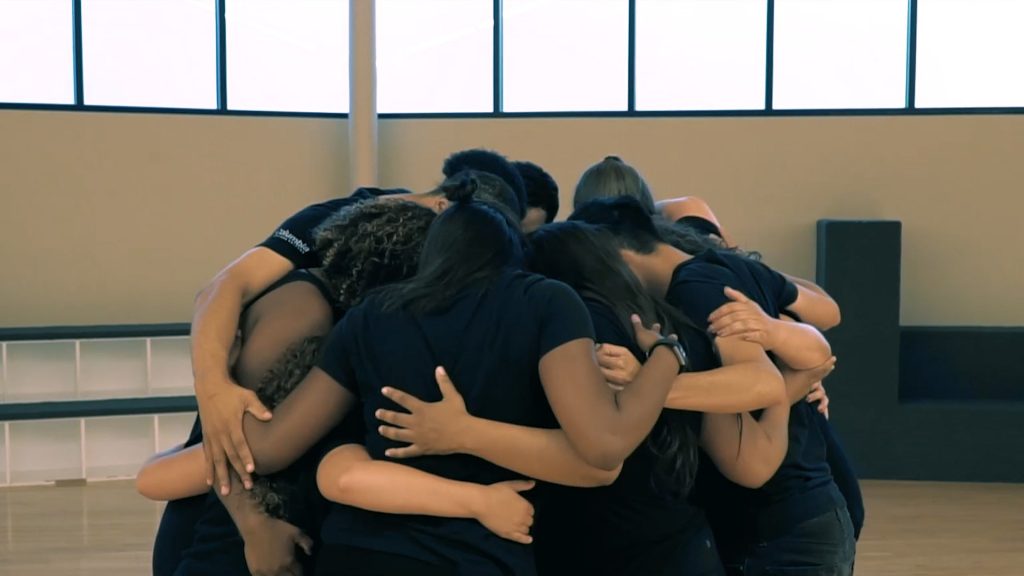

Do not be afraid to ask for help if you are up to your neck with things to do. If your event is too ambitious, maybe you need to recruit more help or maybe trim things down a bit. If your audience isn’t ready for an event of that scale, maybe it is not the right time to host something of this magnitude. You have passion and gusto, but sometimes people might not understand your vision. Perhaps you need to reshape what needs to happen to reach more people. Remember that you are not alone. You are in fact building a dance community. Reach out to them!
Kinetic Connect is still very young and is not by any means perfect. But like with all things great, they must start small. If the dance community is ready and willing, Kinetic Connect (or any dance event for that matter!) could see a lot more years in the future. If I make out dance to be the thing that it truly is—the thing that binds us together and brings us joy in this passion, then dancers will protect and build what they cherish and find ways to keep it going.
Gabe Gonzaga is a multimedia associate at Lambert

